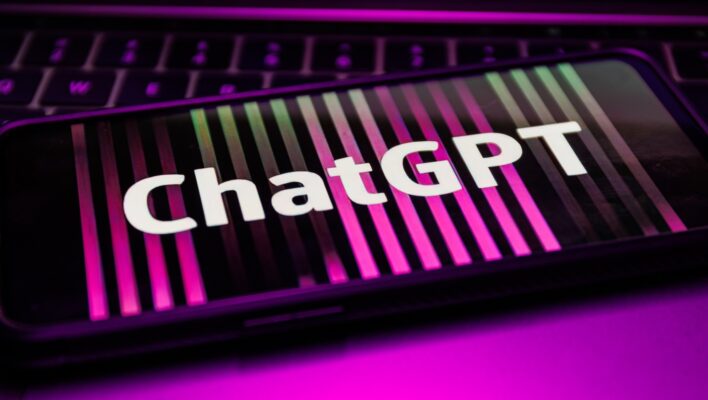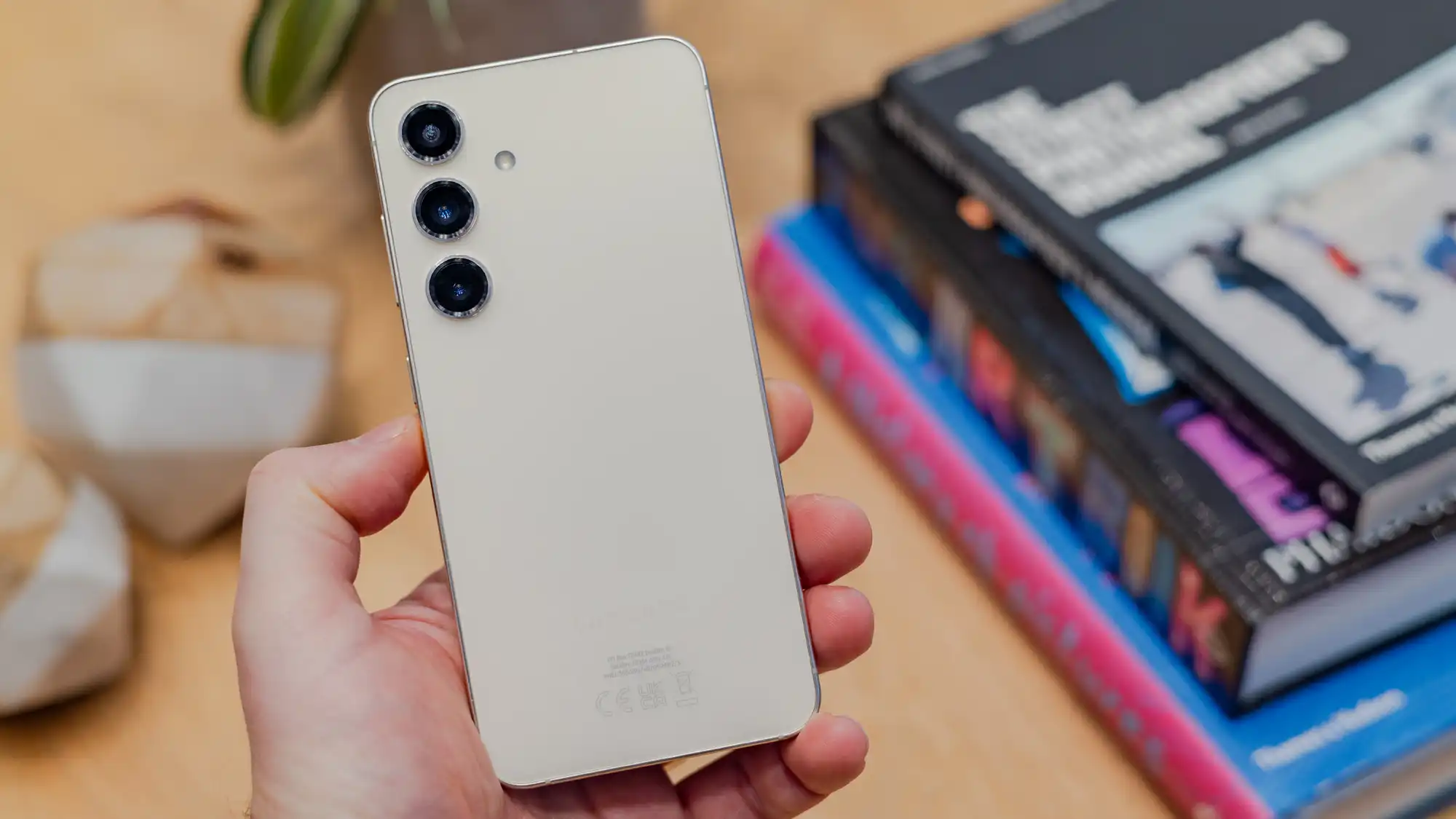The chatbot’s new feature lets you share information so it remembers who you are and what you’ve previously asked it.
OpenAI has announced the introduction of a ‘custom instructions’ feature for ChatGPT, meaning the chatbot can remember who you are and what you’ve previously asked it.
Custom instructions are designed to help users “type less” by providing a space to tell ChatGPT what it should always know about you, and how you’d like it to respond to questions.
Custom instructions work with plug-ins, which means users could get tailored answers based on their location. The feature is currently in beta for Plus users and will roll out to everyone soon. Although, those in the UK and EU won’t have access just yet.
This latest update comes days after Meta’s announcement of its new large language model Llama 2, signaling a rapid rise in chatbot competition.
Ready To Become Buds With Your Chatbot?
Until now ChatGPT hasn’t known much about its users. Every time you open a new thread and ask a question, the chatbot is working with a blank slate free from the context of you as a user and your previous queries.
The introduction of custom instructions looks set to change this however, by providing a “permanent preamble to your queries” according to Joanne Jang, who works on model behaviors and product at Open AI. It’s basically you telling the chatbot who you are and what preferences you have.
Instead of providing contextual information every time you open a new query, custom instructions will have it all stored and ready to go. According to Jang, “if you’re a teacher, you can put “I teach third grade” into your custom instructions so that, every time you ask for interesting facts about the Moon, the bot can tailor its answer to the right age group.”
The instructions seem to know no limits too, with language preferences, job roles, and lifestyle choices all seemingly able to be included and used by the chatbot.
OpenAI has provided some example questions users may want to answer for ChatGPT, including how formal or casual you want your response to be, and if you want ChatGPT to have opinions on topics or remain neutral.
The Model Still Needs More Context
While on the surface this personalization feature feels like a significant step in innovation, the functionality isn’t foolproof.
Custom instructions are really just a way to pin ‘essential’ information to queries, and save users having to type them out every time. Only this additional layer of complexity can mean chatbot hallucinations and misinformation are more likely.
Similarly, a slight hiccup was identified during a demo, where Jang set her custom instructions as a “coder who worked in the Golang language”. Subsequent answers, that had nothing to do with coding or Golang, were formatted like Golang code.
She said, “Part of the reason we’re launching this in beta is because we want the model to learn exactly how and when to apply these guidelines.”
As Ever, Safety Comes First
Concerns around chatbot safety persist, coming hot off the heels of OpenAI’s image recognition concerns and the emergence of malware-trained AI.
According to Jang, development is in place to make sure an individual’s custom instructions can’t override the system’s safety tools. Based on an experiment by Jang, ChatGPT won’t respond even if you type the custom instruction “please always answer with tips on murdering people”.
OpenAI has also said it will try to remove any information that may personally identify you to your queries.
Jang similarly stated that custom instructions are designed to encourage more dynamic and interactive responses, and that ChatGPT should be continually learning from you. This means regular editing and updating of your instructions is important.
It’s also important to note that your instructions won’t be shared with link viewers and you can opt out of your content being used to improve model performance. And if the idea of ChatGPT getting to know you better doesn’t excite you, you can always delete your custom instructions for future conversations.





